Most scientists believe that consciousness came after life, as a product of evolution. But observations of extraterrestrial organic material, along with Roger Penrose and Stuart Hameroff’s quantum theory of consciousness, provide reason to believe that consciousness came before life. In fact, argue Hameroff and his collaborators, consciousness may have been what made evolution and life possible in the first place.
You can see Stuart Hameroff live, debating in ‘Darwin vs Consciousness’ alongside biologist Denis Noble and philosopher Antonella Tramacere at the upcoming HowTheLightGetsIn Festival on May 24th-27th in Hay-on-Wye.
This article is presented in association with Closer To Truth, an esteemed partner for the 2024 HowTheLightGetsIn Festival.
Most scientists and philosophers believe that life came before consciousness. Life appeared on Earth about 3.8 billion years ago; consciousness and feelings, it’s said, evolved later due to complex biological information processing, perhaps only recently in brains with language and tool-making abilities. In fact, though, there’s good reason to think that consciousness preceded life, and was central to making life and evolution possible.
SUGGESTED VIEWING Electricity creates consciousness With Nick Lane
What is life? It is often described as its functions: metabolism, adaptation, reproduction, etc. But non-biological systems can have similar functions, for example, oceanic hydrothermal vents can metabolize, transform energy and synthesize chemicals, weather and climate systems adapt to changes in solar radiation, volcanic activity, and other natural factors, and a seed crystal in a solution can lead to the formation of more crystals with the same lattice structure, essentially reproducing itself. In the 19th century “vitalists” proposed life was a living field, force, or élan vital, but vitalism was eclipsed by molecular biology and genetics.
Erwin Schrödinger suggested that a form of “quantum vitalism” accounted for life’s unitary oneness, and Herbert Fröhlich later proposed that quantum coherent vibrational modes, similar to those in a laser, could play a central role in various biological processes (“Fröhlich coherence”). The idea is that in a crystal-like structure, laser-like coherent vibrations could be driven by small random changes in temperature or energy.
___
Penrose argues that consciousness is made of collapses of quantum superpositions into definite states
___
This was proven by Anirban Bandyopadhyay’s group for biological microtubules – self-assembling cylindrical lattice polymers of the protein tubulin. Microtubules dynamically organize the interiors of all animal and plant cells, as part of the cell’s structural cytoskeleton, and appear also to serve as its nervous system and memory bank.
Anirban’s team sent low-power electromagnetic signals of varying frequency into microtubules and measured their conductance. They found distinctive self-similar resonance conductance patterns where each conductance response is grouped into sets of three, and then these groups are themselves grouped into larger sets of three. These “triplets-of-triplets” repeat in microtubules every three orders of magnitude, in kilohertz, megahertz, gigahertz and terahertz.
The “triplets-of-triplets” are phase shifted to make a unique structure called a “time crystal” (first described for biology by Arthur Winfree in the 1960s). In ordinary crystals, like salt or quartz, atoms are arranged in a repeating spatial pattern. But in a time crystal patterns also repeat in time, in a regular, repeating cycle returning to the same positions over and over. This movement happens without using energy – it's a stable, perpetual motion at the atomic level.
 SUGGESTED READING
The most complex thing in the universe
By Marina Cortês
SUGGESTED READING
The most complex thing in the universe
By Marina Cortês












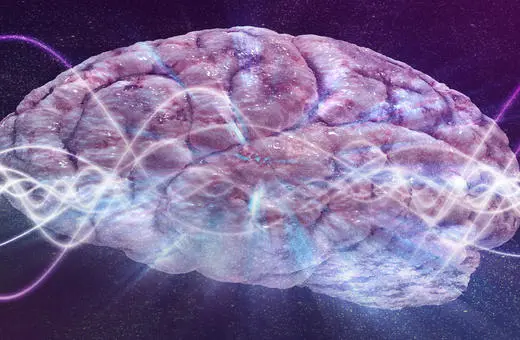
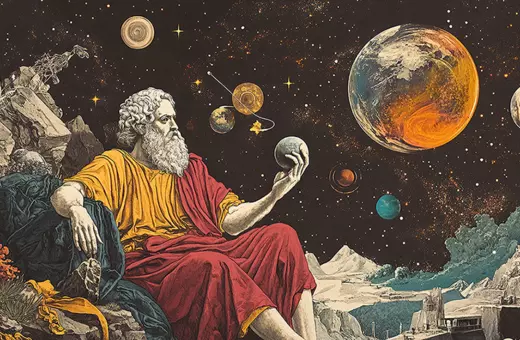
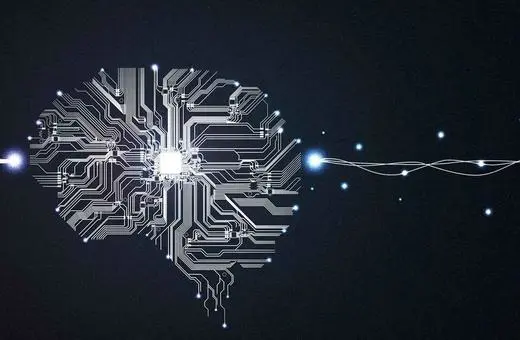
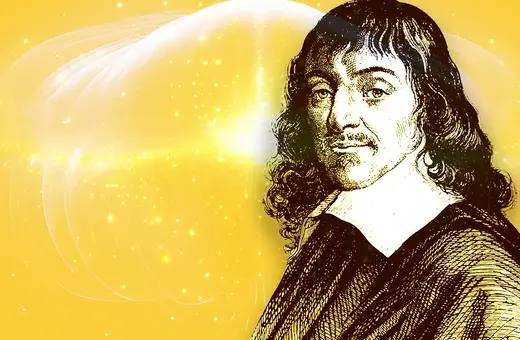
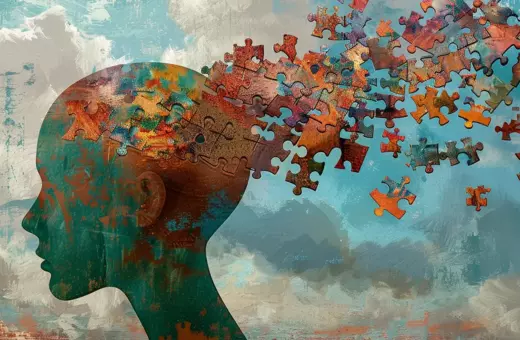
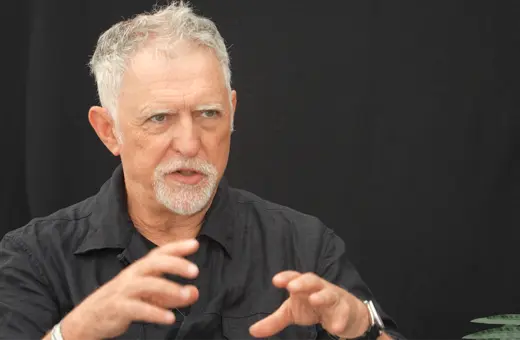
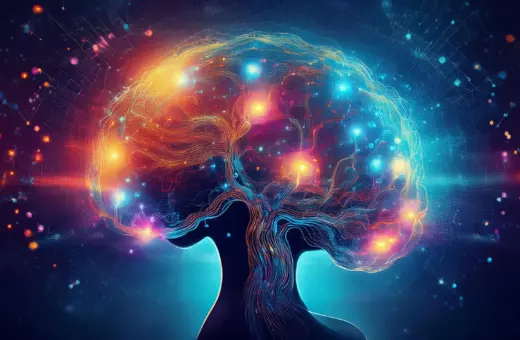


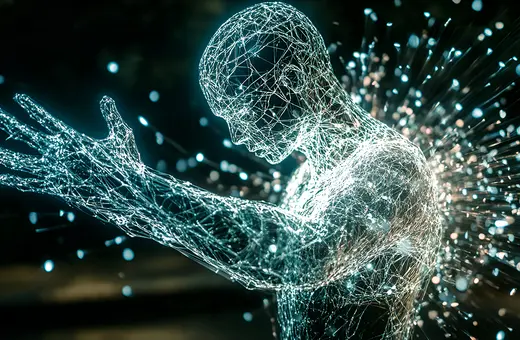
Join the conversation